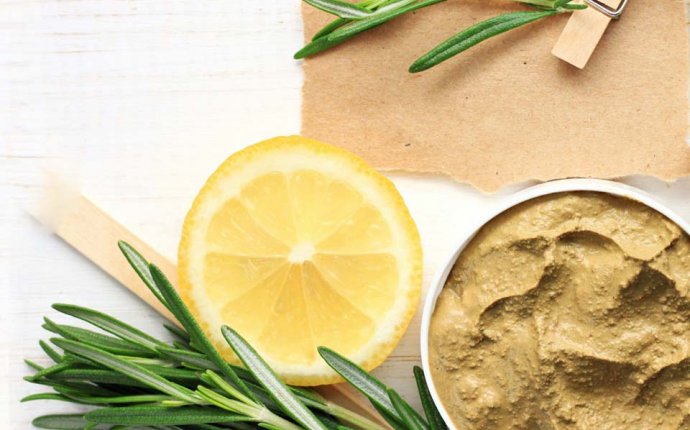
Ayurveda Pigmentation Treatment
![]() Hyperpigmentation is a condition that results in too much skin pigment, called melanin, in certain areas of your skin. Hyperpigmentation can be the result of previous inflammatory skin conditions, such as acne, medications you take or diseases that affect other vital organs. Ayurveda, an ancient medical philosophy that originated in India, focuses on holistic healing. Ayurvedic remedies for hyperpigmentation can include both internal and external treatments to help your skin return to its normal pigmentation. Consult a medical professional before using Ayurvedic medicine for your skin condition.
Hyperpigmentation is a condition that results in too much skin pigment, called melanin, in certain areas of your skin. Hyperpigmentation can be the result of previous inflammatory skin conditions, such as acne, medications you take or diseases that affect other vital organs. Ayurveda, an ancient medical philosophy that originated in India, focuses on holistic healing. Ayurvedic remedies for hyperpigmentation can include both internal and external treatments to help your skin return to its normal pigmentation. Consult a medical professional before using Ayurvedic medicine for your skin condition.
The Council of Maharishi Ayurveda Physicians explains in a 2001 issue of "Skin Inc." that skin pigmentation issues, including hyperpigmentation, can come from an imbalance in the layers of skin. A variety of water therapies can help get rid of toxins in the body, called ama, which can contribute to hyperpigmentation or an undesired mottling of the complexion.
The Ayurvedic practice called usnodaka is defined as drinking water that's been boiled. The theory behind this remedy is that boiling water for a period of five minutes prior to drinking helps stimulate your digestive fire, which can help your body expel toxins that harm your skin and lead to hyperpigmentation. The Council of Maharisha Ayurveda Physicians suggests drinking between 6 and 8 cups of boiled water daily.
Herbal remedies are a large part of Ayurvedic medicine, according to the National Center for Complementary and Alternative Medicine. Herbal medicine is seen as complementary, not conventional in the United States and you should always check with your doctor to be sure that the herbs you are taking are safe for consumption. The Ayurvedic practice called aushadhi combines usnodaka, drinking boiled water, with herbal preparations. The herbs vary depending on your body type, or dosha. The pitta dosha is the group of people most apt to suffer from skin problems and possible hyperpigmentation as a result of acne or rashes, according to Holistic-Online.com. People with a pitta constitution can consider adding small pinches of Indian sarsaparilla, cumin, fennel seeds, coriander and licorice to their boiled water to draw out toxins that compromise skin pigmentation. The herbs can also be added to your bath water to create an aromatic steam bath, also effective in releasing ama that can be causing redness and too much melanin.
Hyperpigmentation that is the result of acne might also respond to topical treatments in the Ayurvedic tradition. Holistic-Online.com suggests several facial pastes that can help restore balance to the skin of people of the pitta dosha. Daily treatments of pastes made of chickpeas and water, or almond powder and goat's milk can nourish your skin to reduce inflammation, sensitivity and spots of too much pigment. As your skin responds to the natural cleansers, you may notice over time that darkened spots fade.
Traditional Chinese medicine, including acupuncture and yoga, consists of holistic, Ayurvedic remedies that can reduce hyperpigmentation and overall improve the appearance of your skin. Acupuncture is a form of complementary and alternative medicine-CAM-that realigns your body's energy and life force through the manipulation of pressure points. Yoga is a type of body-mind exercise that can increase blood flow throughout your body, delivering nutrients to your skin, which might help resolve age spots, acne and other forms of hyperpigmentation.














